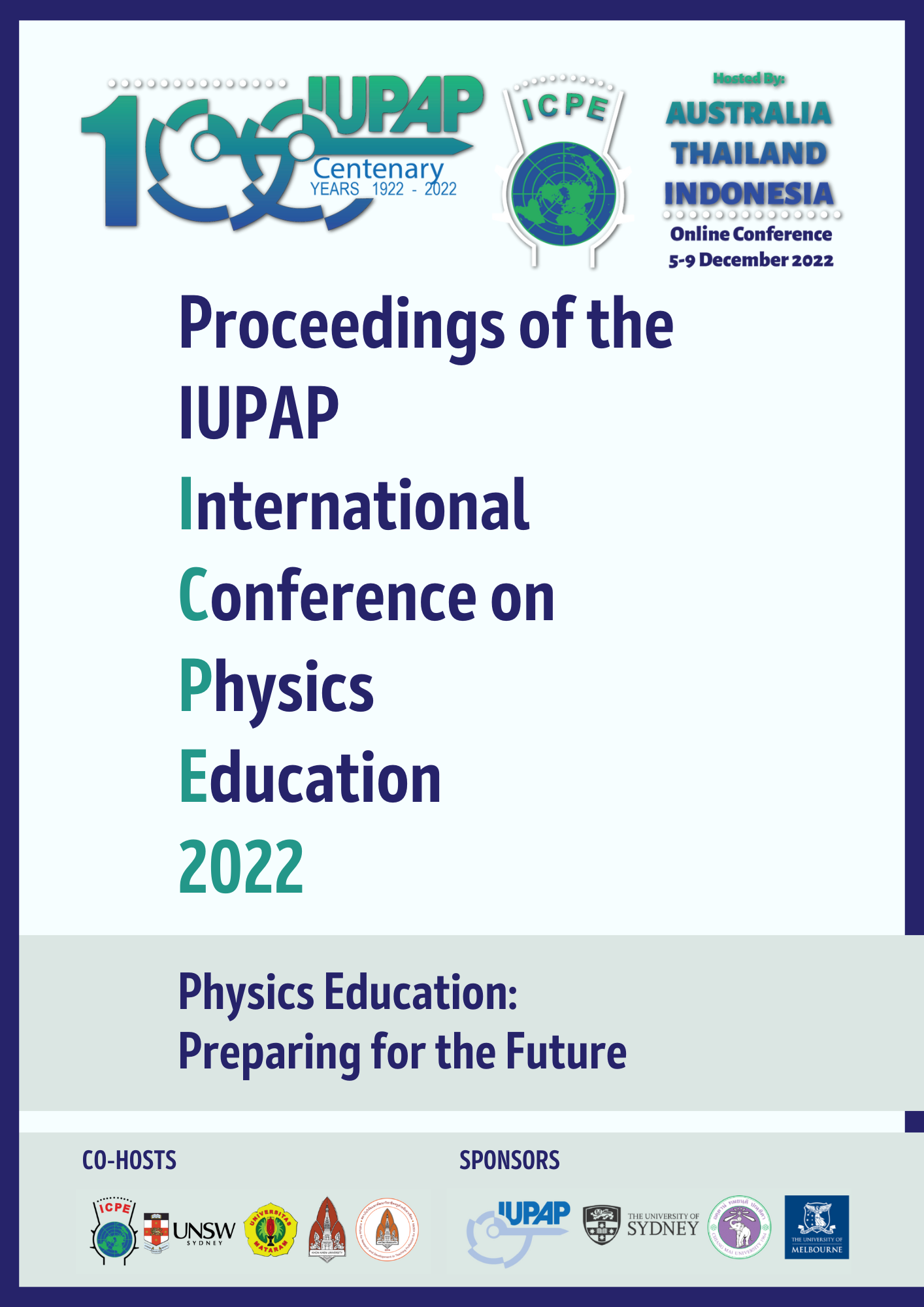Development of a choose-your-own adventure physics course
Keywords:
introductory physics, autonomy, online learningAbstract
Everyday Physics is an online, algebra-based, contextualised introductory physics course that has been running since 2013 with increasing student enrolments. In 2018, over 1,000 students took this course as an elective (not core to any program). The course is designed such that students explore the physics underlying common phenomena such as hot air balloon flight and flowing rivers. The course was designed with twelve topics, one for each week of a twelve-week semester. In 2019, with the University of New South Wales’ shift from semesters to nine-week terms, students could not complete all twelve topics in the compressed format. To address this, we redesigned the course, allowing students to pick eight of the twelve available topics. We expected this change to be popular with students, because giving students choice allows them to be in control of their learning, as per self-determination theory (Niemiec & Ryan, 2009).
To make this work practically, the twelve topics were divided into three streams and assigned a level. Comprehension of higher-level topics is dependent on a sufficient understanding of lower-level topics; students had to complete the lower-level topics to “unlock” the higher ones. For example, a level 1 topic is, “How does a street light work?”, which covers basic circuit theory. The level 2 topic that follows on from this is, “Why does your kettle boil?”, which covers electrical power and some thermal physics. In the final exam, students are given twelve questions, one from each topic, and their eight highest marks count. This motivates many students to complete more than the required eight topics.
Students complete three experiments at home throughout the course, which are due at fixed points during the term. The experiments, of which there are six in total, are designed to be completed with common household equipment and are associated with certain topics. We made sure that these were distributed in such a way that no matter what path the students chose through their learning (i.e., what topics they decided to complete), they would have completed the right number of topics with experiments at the required times. A major assessment in the course is a report where students design their own experiment to explore a concept of interest to them. This assessment includes a peer-review exercise to ensure students feel supported and allow them to learn from each other. These assessments are available from the ACDS resource repository (Angstmann et al., 2021).
These changes have improved the course, and students are responding positively to the increase in autonomy that it allows.
REFERENCESAngstmann, E., Jackson, J., Dixon, T. & de la Pena, M. (2021). At-Home Labs for First Year Physics. ACDS Resource repository: https://www.acds.edu.au/resource/at-home-labs-for-first-year-physics/
Niemiec, C. P., & Ryan, R. M. (2009). Autonomy, competence, and relatedness in the classroom: Applying self-determination theory to educational practice. Theory and Research in Education, 7(2), 133–144. https://doi.org/10.1177/1477878509104318
Downloads
Published
Issue
Section
License
Authors who publish with the Proceedings of the International Conference on Physics Education 2022 agree to the following terms:
a) Authors retain copyright and grant the journal right of first publication with the work simultaneously licensed under a Creative Commons Attribution License (https://creativecommons.org/licenses/by/4.0/) that allows others to share the work with an acknowledgement of the work's authorship and initial publication in this journal.
b) Authors are able to enter into separate, additional contractual arrangements for the non-exclusive distribution of the journal's published version of the work (e.g., post it to an institutional repository or publish it in a book), with an acknowledgement of its initial publication in this journal.
c) Authors are permitted and encouraged to post their work online (e.g., in institutional repositories or on their website) prior to and during the submission process, as it can lead to productive exchanges, as well as earlier and greater citation of published work (See The Effect of Open Access - http://opcit.eprints.org/oacitation-biblio.html).
Privacy Statement The names and email addresses entered in the Proceedings of the International Conference on Physics Education 2022 site will be used exclusively for the stated purposes of this journal and will not be made available for any other purpose or to any other party.
